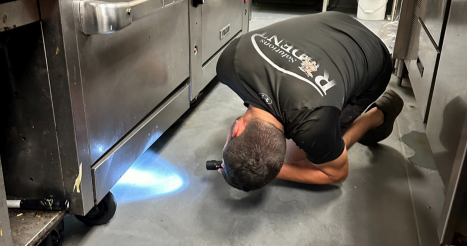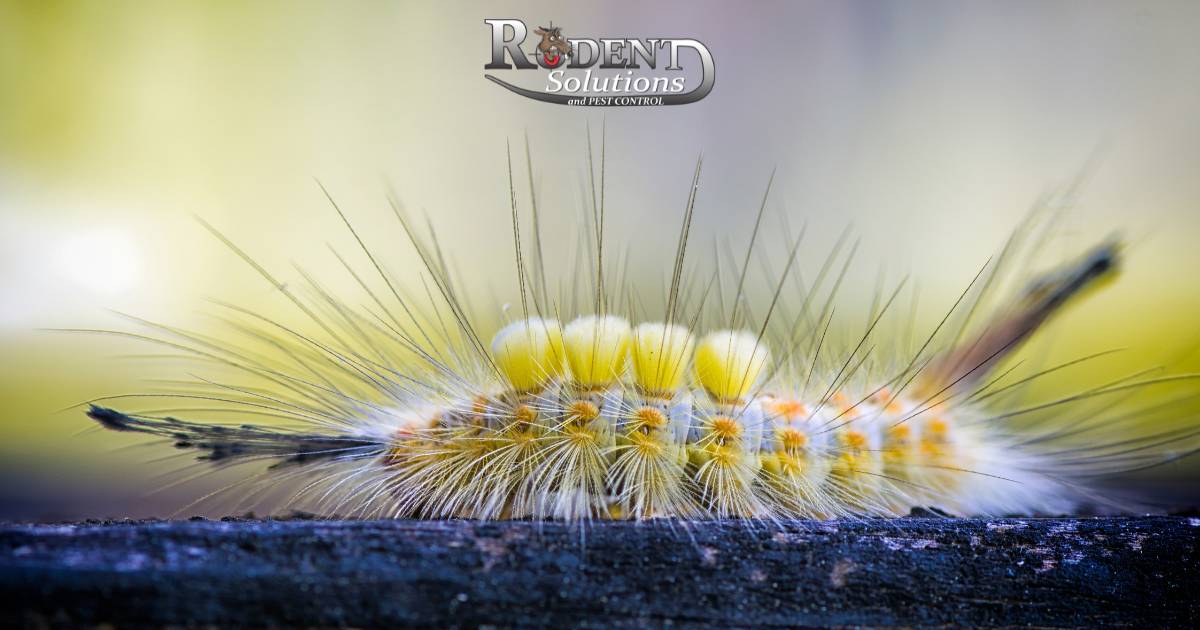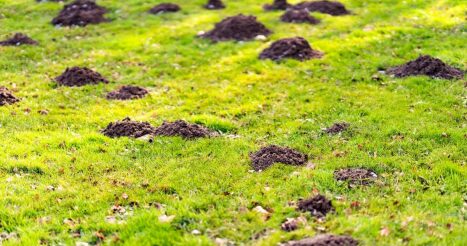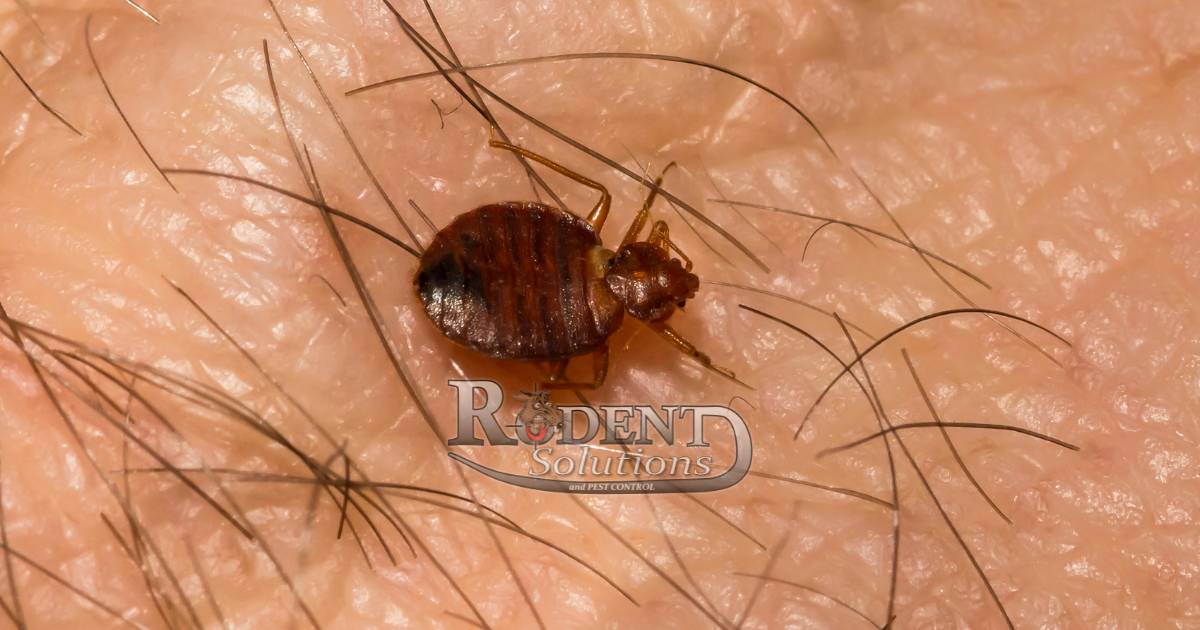The Scoop on Rat Poop
So you want to know, what does rat poop look like, do you? This article will explore the size, color, and danger. We’ll also include pictures of rat infestations to see rat poop in action! I know it’s not the most glamorous or exciting topic, but trust me, it’s essential if you’re having noises in your attic. You don’t want these little nuggets of joy littering your home or workplace. So, let’s dive in and learn what rat poop looks like, including its size, color, and potential dangers. Buckle up, buttercup!
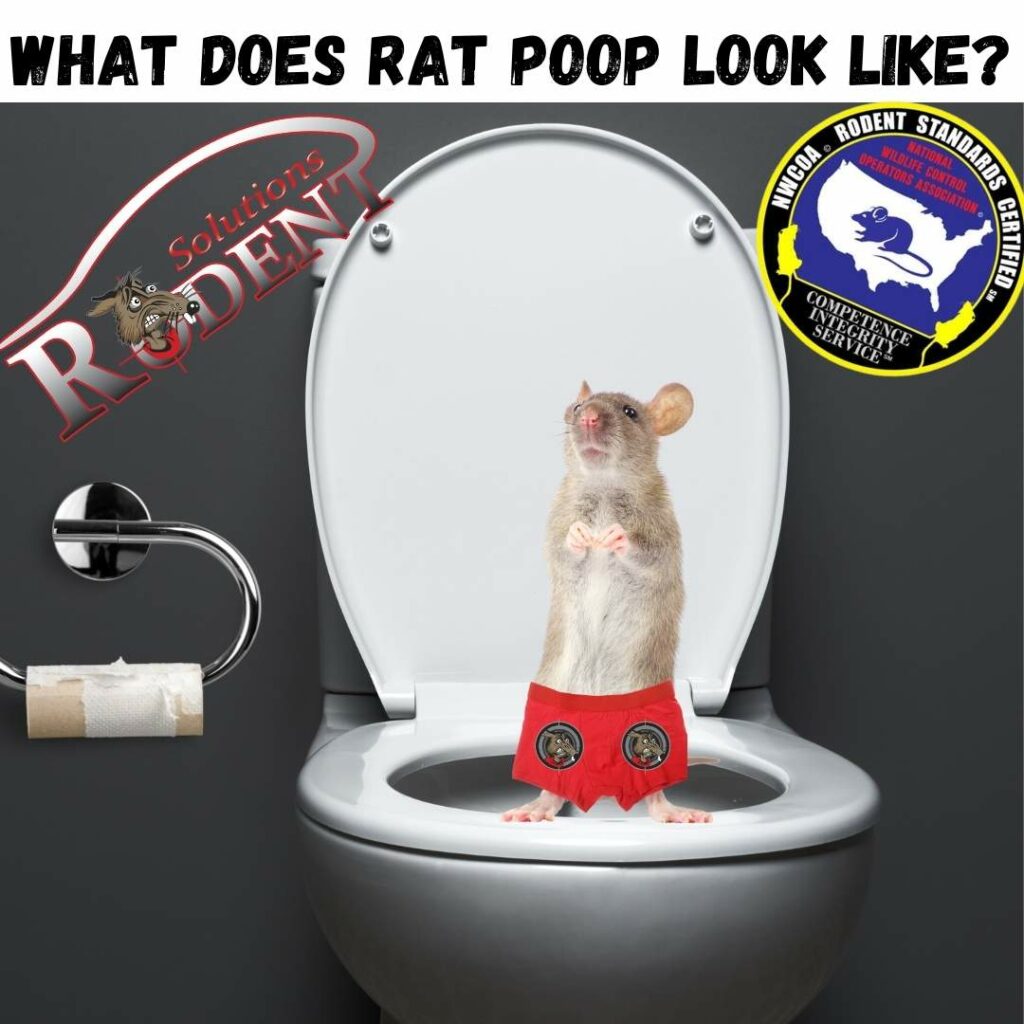
Rat Poop 101: Size and Color
Rats come in all shapes and sizes, and so does their poop. Here are some key characteristics to keep in mind when trying to understand what does rat poop look like:
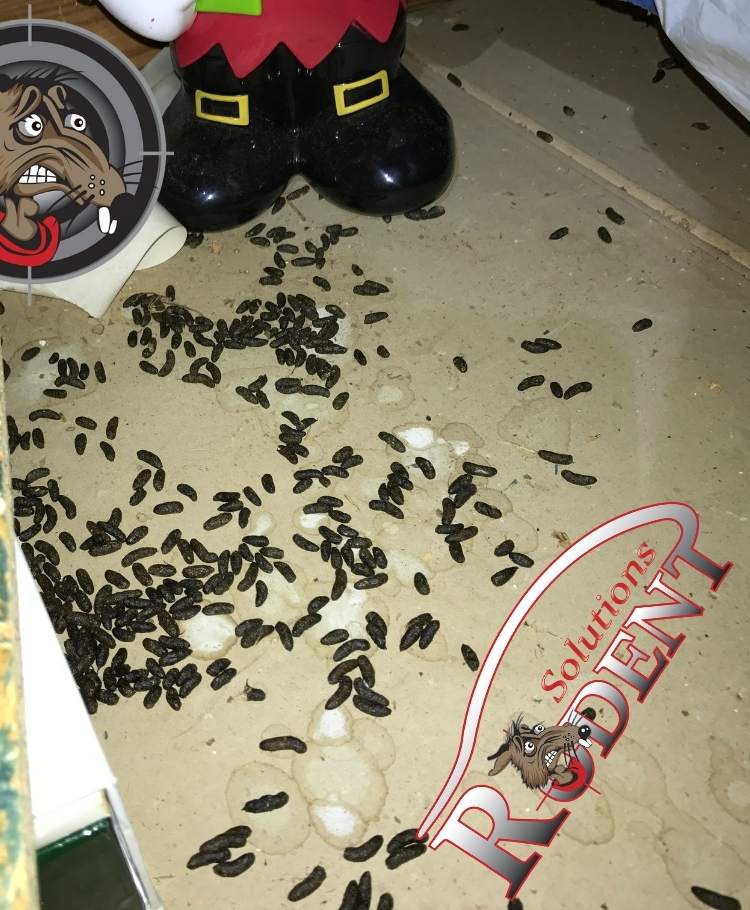
Size: Rat poop is typically tiny, cylindrical, and about the size of a raisin or a grain of rice. However, the size can vary depending on the species and age of the rat. For example, juvenile rats will have smaller droppings than adult rats. But let’s be honest, regardless of the size, you don’t want these little guys leaving their calling cards around your home or commercial facility.
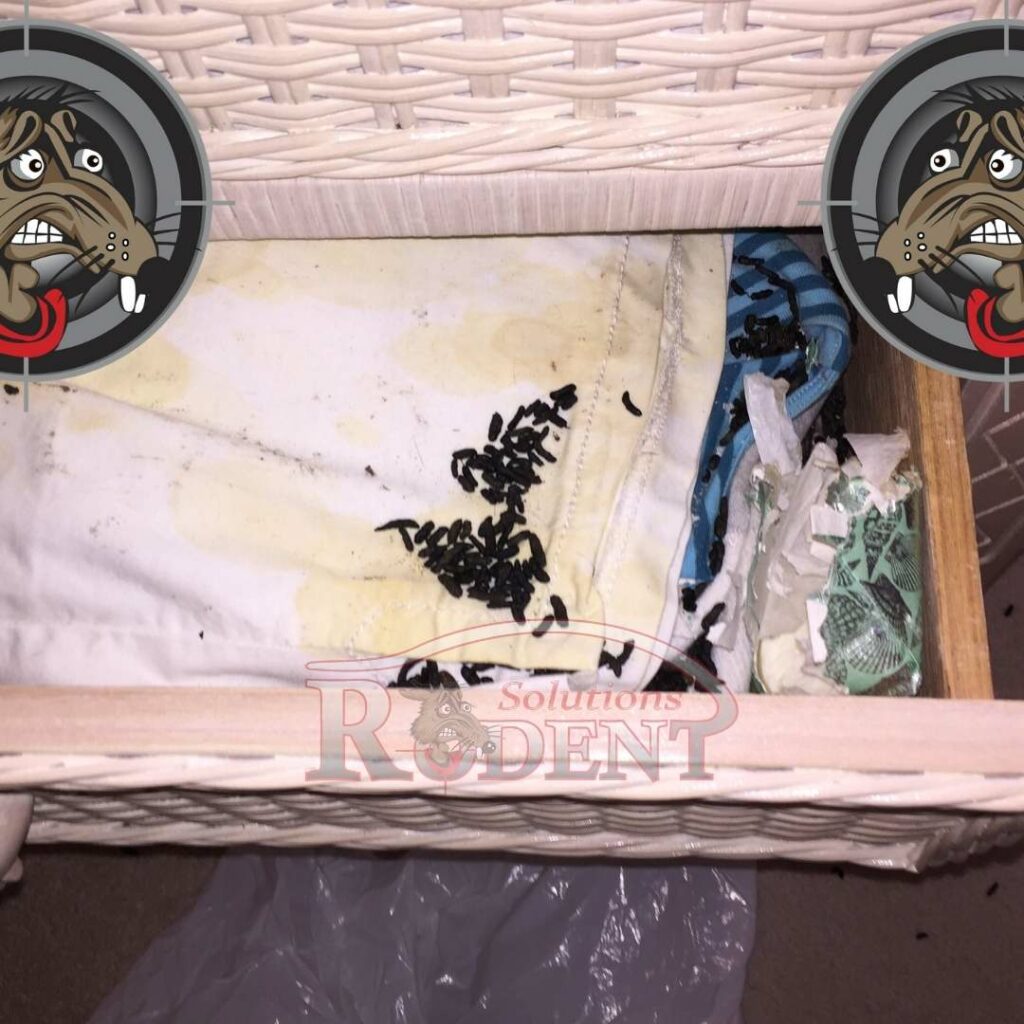
Color: Now, let’s talk color. The color of rat poop can vary depending on what the rat’s been eating. Typically it’s dark brown or black. If the rat has been eating something high in calcium, the droppings may be white and chalky. Gross, right? You might also notice some shine to the poop because of the moisture content. The higher the gloss, it can also indicate it’s more recently been deposited. Yuck!
What are the Dangers of Rat Poop?
Many dangers can come from the feces of rats. The health risks from rat poop can range from cold-like symptoms to diarrhea to complete respiratory failure. Here’s the deal: rat poop isn’t just unsightly; it’s also dangerous. Rats can carry a variety of diseases that can be harmful to humans, including the Hantavirus, Salmonella, and The Plague (yes, you read that right – The Plague!). If you come into contact with rat poop or breathe in particles from it, you could be at risk for these diseases. So, if you see rat poop in your home or workplace, take it seriously and call a company like Rodent Solutions to clean up the rat feces quickly.
Property Damage
But wait, there’s more! Rats also tend to chew on wires, pipes, and insulation. This can cause severe damage to your home or workplace and even pose a fire hazard. So, not only is rat poop gross, but it’s also potentially costly. That’s why getting help with rat control as soon as possible is important.
FAQs:
Q: Can I clean up rat poop myself?
A: Yes, you can, but take proper precautions. Wear gloves, eye protection, and an N95 or higher-rated mask or respirator to protect yourself from diseases or bacteria. You will also need a special True HEPA vacuum to prevent the particles from being aerosolized. Calling a professional like Rodent Solutions to decontaminate the area is a better idea so you can stay safe.
Q: How can I prevent rats from pooping in my home or workplace?
A: If you’re located in Lakewood Ranch, Bradenton, Sarasota or Parrish, you’ll want to call Rodent Solutions to perform a rodent exclusion to your home to prevent that rats from returning to your home.
Q: What other animal poop looks like rat poop?
A: Rat poop is commonly confused with mouse, frog, and lizard poop. That’s why is very important to know “what does rat poop look like” as you’re trying to identify the pest you’re dealing with.
Conclusion:
And there you have it, folks – everything you need to know about what rat poop looks like, with some bonus material. We’ve explored the size, color, and potential dangers of these pesky droppings, and hopefully, you’ve learned a thing or two. Remember, if you come across rat poop, take it seriously and call the rodent extermination experts at Rodent Solutions. If you aren’t sure what type of poop you’ve come across and would like to know, you can always call us to inspect your home. We’ll examine the feces and inspect your home for rat entry points. You can also text us a picture, and we’ll respond quickly. We would be happy to help you!

Pest/Wildlife Control 15 Years
Construction for 13 Years
Pest Control License JB299099
Wildlife License LW203605
Pest Management University: Founders and Masters
AAS Degree in Drafting Design with a Concentration in Building Construction
NWCOA Member (National Wildlife Control Operators Association)
NWCOA Rodent Standard Certified
NWCOA Bat Standard Certified
NCWOA Certified Urban Bird Management Operator
NWCOA Zoonotic Disease Standard Certified
Member of the National Pest Management Association (NPMA)
Bird Barrier Certified Installer
Bird-B-Gone Authorized Installer
OSHA 10 Training Completed for the Construction Industry
Aerial Lift Certified
Fall Protection Certified

